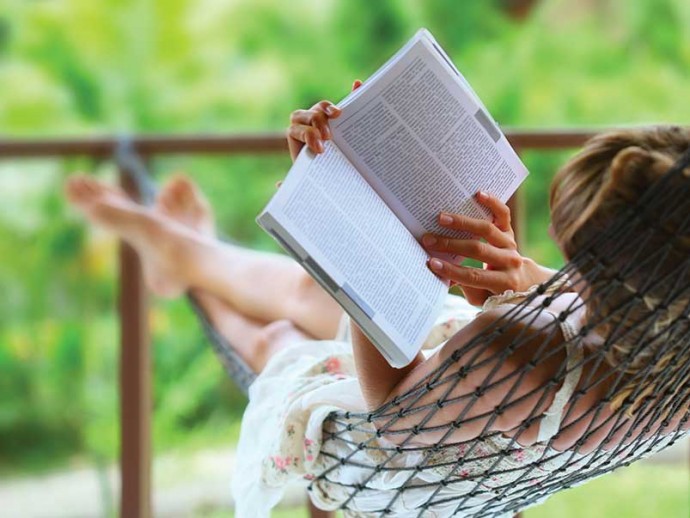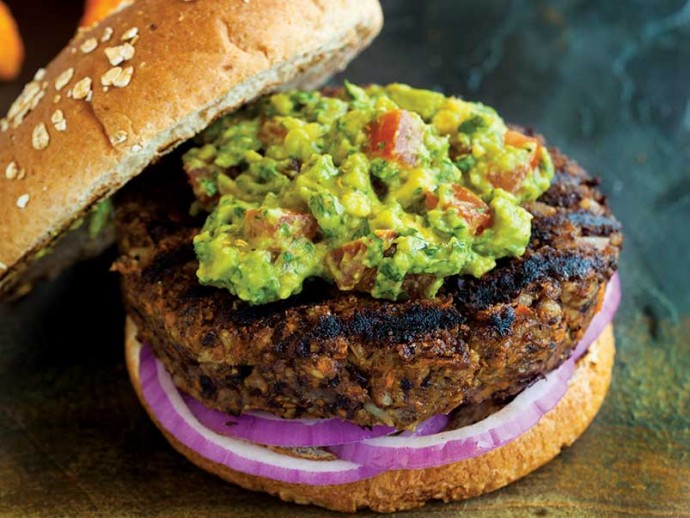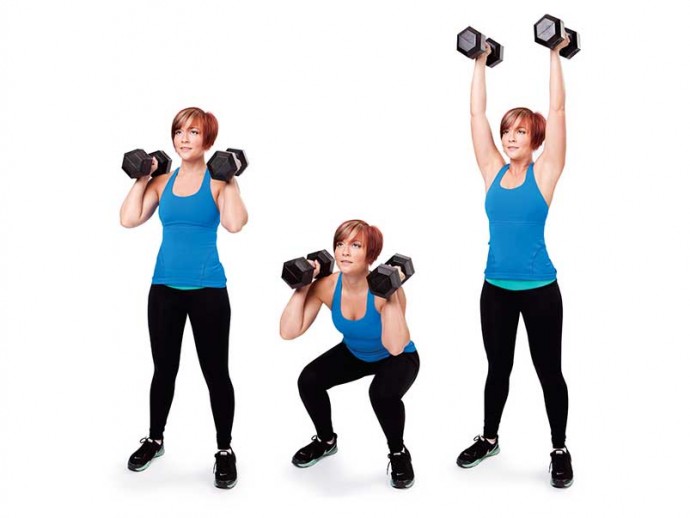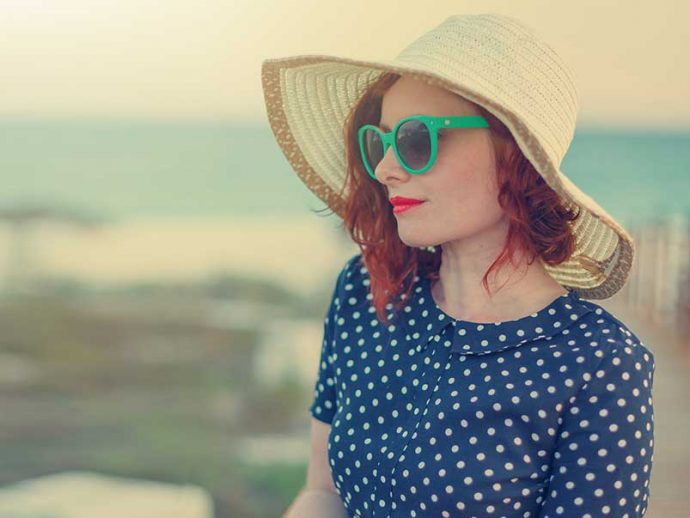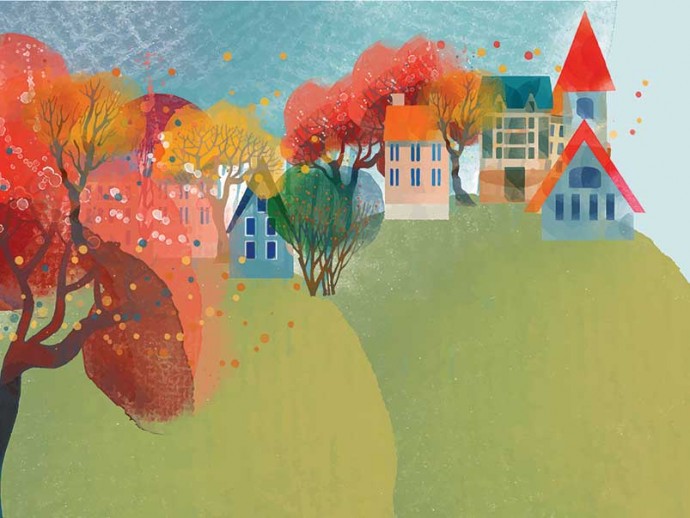
Got some time this weekend? Try this: bring movable chairs and furniture into a public space in your neighborhood. Watch people stop to chat; see how it transforms into a social gathering place.
There. You may have improved your health—and that of your neighbors.
Researchers have found that our physical and social environment directly affects our health. To fight disease, stay healthy and decrease health care costs, we need to be involved in our communities. And that’s where placemaking comes in.
Placemaking helps us connect
“Placemaking is about people gathering in public,” says environmental educator Alla Guelber. “It’s about meeting each other as if we live, once again, in a village and are able to embrace the joy of interacting with our neighbors. Placemaking involves reclaiming a connection to our natural environment and the history and culture of our home.”
It’s not just about the infrastructure around us—it’s about how we influence it and nudge it toward positive uses. Placemaking is a hands-on tool for improving a community, city or region. It’s also about reimagining public space to increase our connection to our environment, to each other and to our healthiest selves.
Our places—whether skateboard parks, off-leash dog areas, playgrounds, community gardens or heritage houses—matter to us. No matter where we live, place is our common denominator.
Ideas for small placemaking projects
“I recommend getting to know your neighbors before taking on bigger projects,” says Guelber. “Individual actions such as front yard projects can open up conversations and hearts and lead to bigger ideas.”
As the projects’ scope expands, remember to work with your city or municipal government when necessary to get projects safely off the ground.
- Organize a “walking school bus” to encourage children to walk to school.
- Build a “poetry post”—a laminated poem that is hung from a tree or attached to a wooden post, encouraging passersby to pause and reflect.
- Do a secret cookie drop—bake cookies and leave them on the doorstep of a neighbor.
- Set up a Little Free Library (littlefreelibrary.org).
- Organize a costumed community bike ride through your neighborhood.
- Plant a garden in a place where people pass by. It might be your front yard, the boulevard or green space. Work with your neighbors and community associations.
- Close a street to cars a few Sundays every year. Let people walk, bike and play on their street.
- Organize focus groups and workshops with older adults in your community. Find out if there are barriers that prevent them from using public areas.



